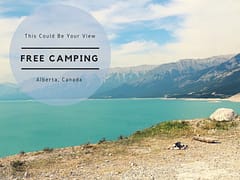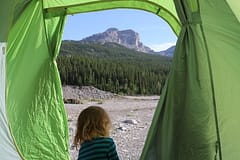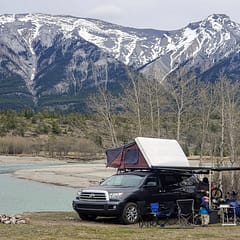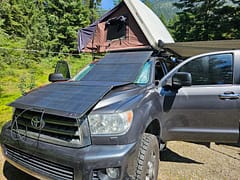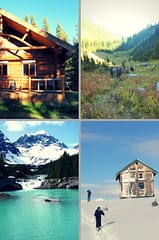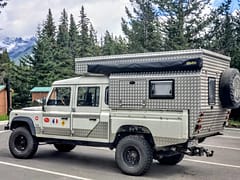Everything you Need to Know for Spring and Fall Camping
A Comprehensive Guide for a Memorable Camping Adventure
Contents
- Introduction
- Choose the Right Location:
- Check the Weather Forecast:
- Double check Your Gear List
- Food and Cooking:
- Campfires:
- Stay Hydrated:
- Shoulder Season Specific Concerns:
- Short video of Shoulder Season camping!
Introduction
Shoulder season camping, aka spring and fall, can be a fantastic outdoor experience, but it requires some preparation and knowledge to ensure it’s safe and enjoyable.
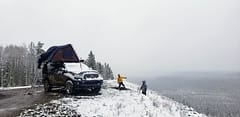
Here’s everything you need to know for shoulder season camping:
Choose the Right Location:
Research and select a camping location that suits your preferences and skill level. Consider factors like proximity to amenities, the level of solitude, and the type of environment (forest, mountains, lakeside, etc.).
If you are going to a campground make sure it is open! Some campgrounds are year round and others have a very limited season. If you can book reservations check out the cancelation policy if you decide not to go.
If you are free camping on crown land beaware of hunting season and the location you are choosing.
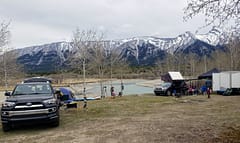
Check the Weather Forecast:
Spring and fall weather can be unpredictable, so check the weather forecast for your chosen camping dates and location. Be prepared for temperature fluctuations, rain, and even snow in some regions.
Check the average weather, you might different limits to weather depending on if you are in a tent or trailer. Gear and Equipment:
Double check Your Gear List
Ensure you have the right gear for fall camping, which may include:
- A four-season tent for added insulation and protection.
- Warm sleeping bags rated for the expected low temperatures.
- Insulated sleeping pads or air mattresses to prevent heat loss to the ground.
- Layered clothing to stay warm during the day and night.
- Rain gear, including a waterproof jacket and pants.
- Extra clothing in case your layers get wet (especially for kids!).
- A warm hat and gloves to retain heat.
- A reliable camping stove for cooking warm meals and drinks.
- Adequate lighting, as fall days are shorter.
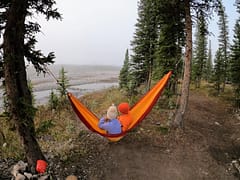
Food and Cooking:
Plan your meals in advance and bring hearty, warm dishes like soups, stews, and hot beverages. Consider using a thermos for hot drinks throughout the day. We like to bring just add water soups for something quick and hot, the kids love them.
Campfires:
Check local regulations regarding campfires. In some areas, fall may have fire bans due to increased fire risk, especially in the fall when it tends to be drier (at least in Western Canada).
Stay Hydrated:
Even in cooler weather, staying hydrated is essential. Drink plenty of water throughout the day. It’s these small things that make a difference on how you can feel.
Shoulder Season Specific Concerns:
- Be mindful of shorter daylight hours and plan activities accordingly.
- Watch out for wet surfaces, which can be slippery (don’t roll your eyes we’ve seen many people hit the ground hiking on damp autumn leaves).
- Be prepared for early morning frost and colder nights.
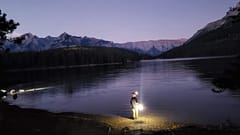
Short video of Shoulder Season camping!
Remember that weather conditions can change rapidly, so adapt your plans as needed and prioritize safety above all else. Then prioritze an awesome experience. Enjoy hikes with beautiful fall colours or roaring waterfalls in the spring. Shoulder season camping tend to be less busy than summers, go out and enjoy!
